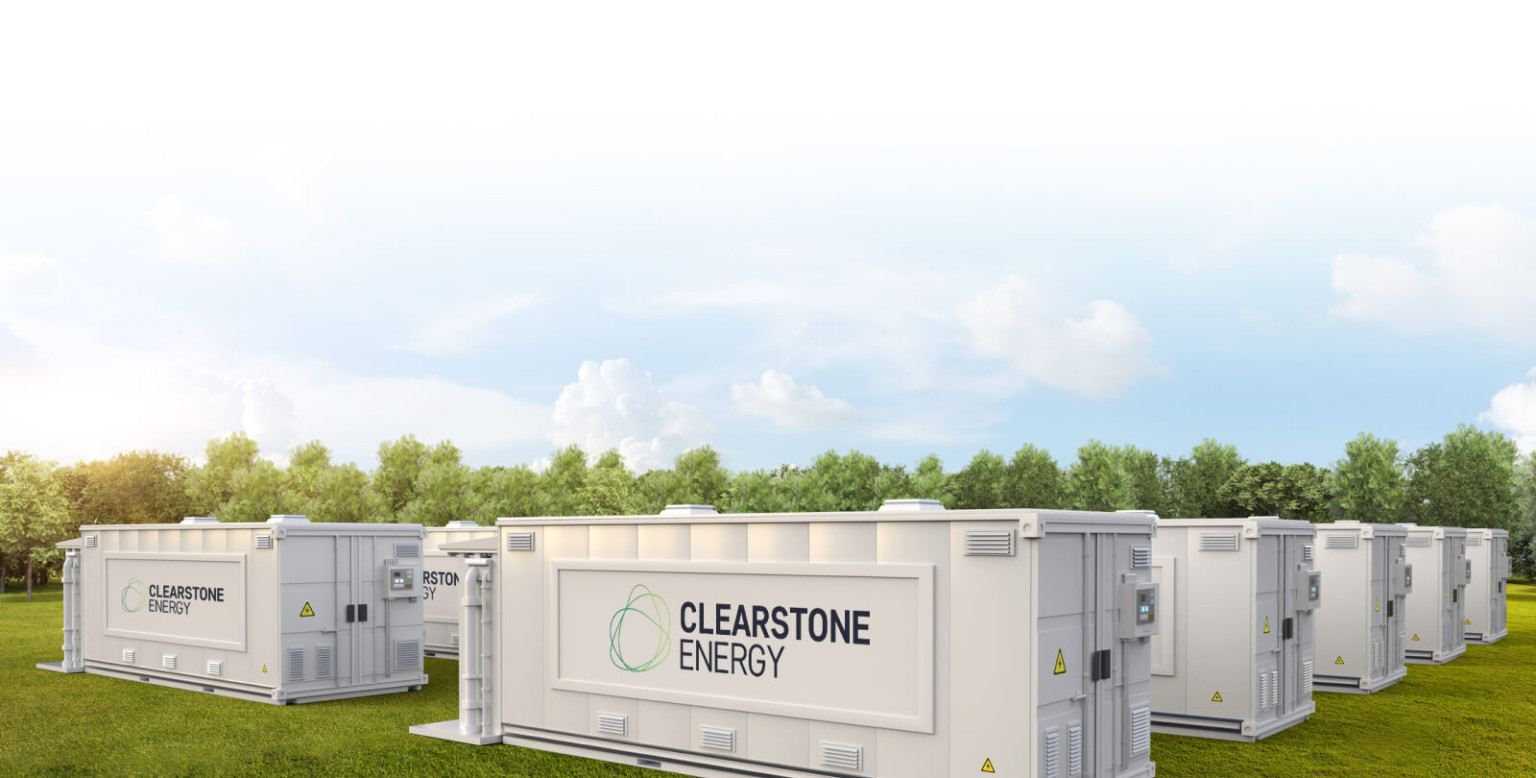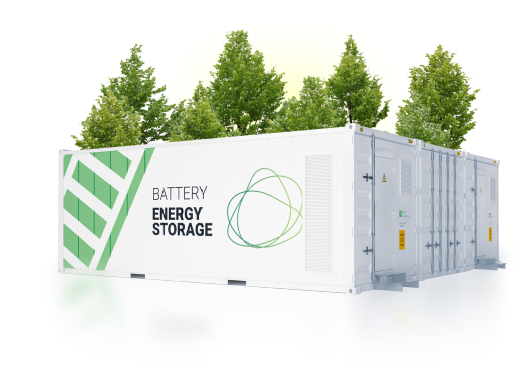Axminster Energy Hub is a significant energy infrastructure project that will modernise the local electricity grid to support the transition from gas and coal generated electricity to renewable energy from solar and wind. The project includes a comprehensive package of community benefits to ensure that the local community benefits directly from this local renewable energy project. This webpage provides an overview of the proposal so members of the community can comment prior to the formal planning application being finalised and submitted.
Latest news
You are invited to a public consultation event on the project. This will take place from 14.00-19.00 on Wednesday 18th October at Woodbury Community Hall, Woodbury Lane, Axminster, EX13 5TL
The pre- application consultation runs until Friday 3rd November.
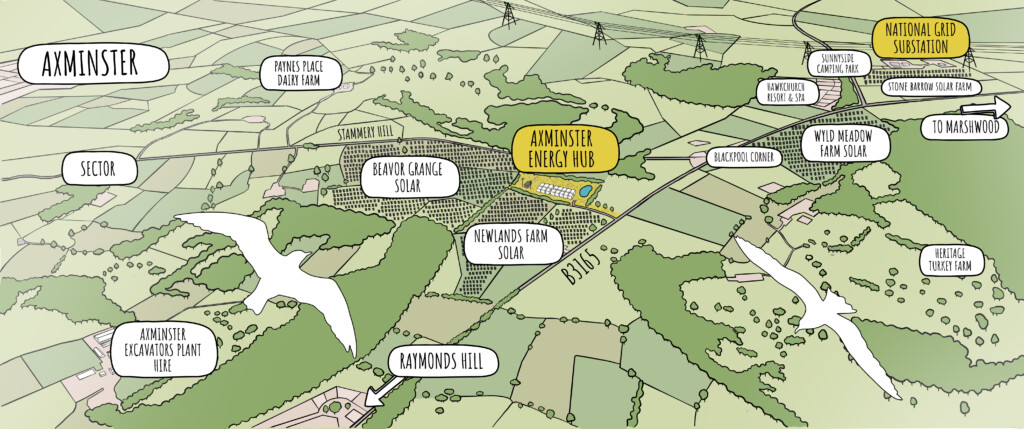
Development Zone Plan
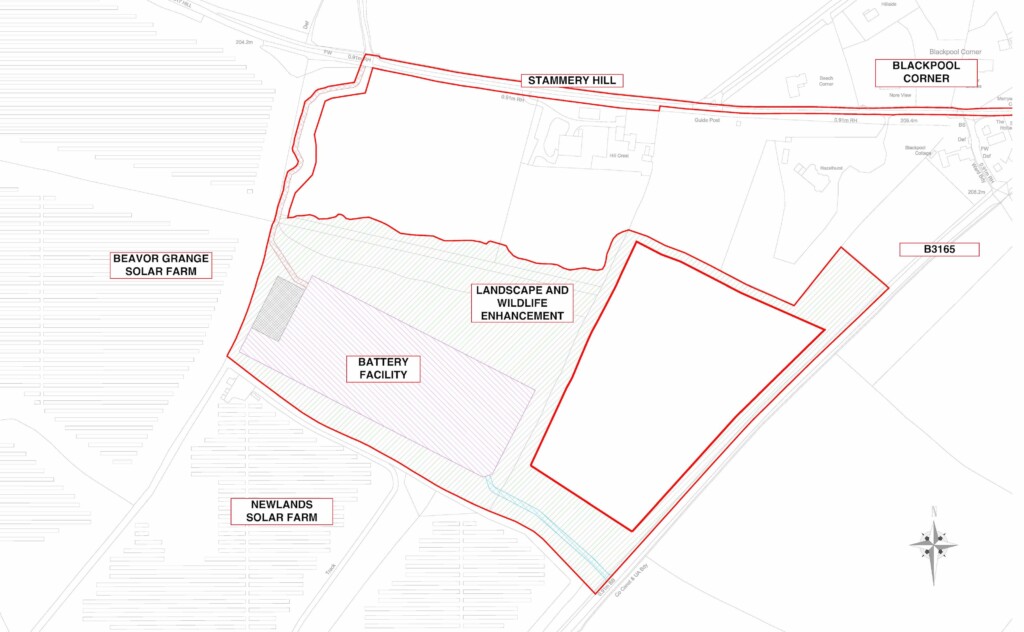
Energy and Climate Change Impact
Capable of storing energy equivalent to 10 hours power for all 75,000 homes in East Devon when fully charged

Would displace 35,000 tonnes of CO2 emissions from gas fired power plants each year
Equivalent to planting 1.7 million trees
Batteries solve one of the biggest challenges facing renewable energy. Matching weather dependent solar and wind electricity with household and business electricity demand.
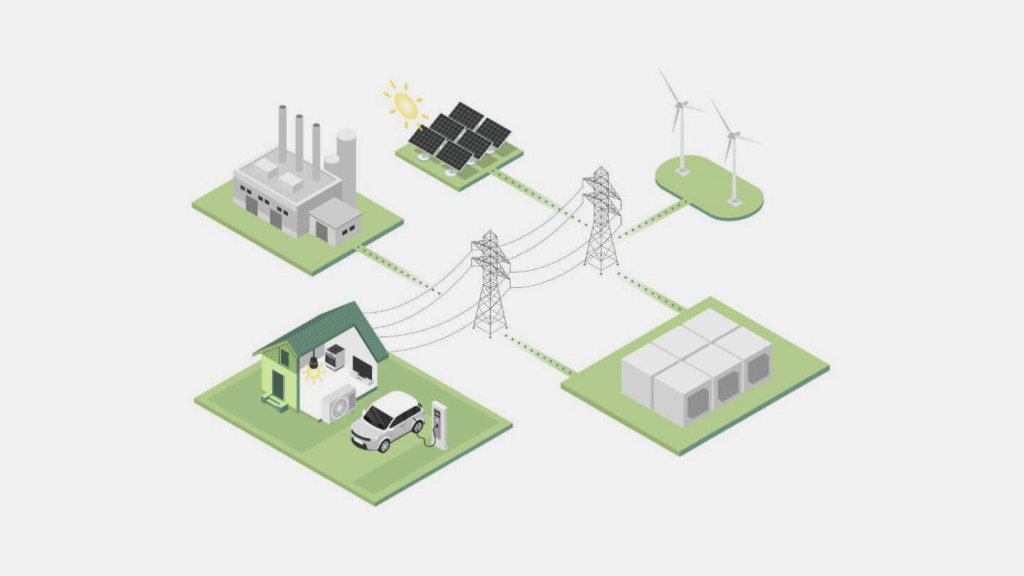
Currently, gas power plants are turned on to supplement wind and solar energy supply and meet peak electricity demand between 7 and 9am and 6 and 8pm
Batteries maximise the amount of renewable energy we can use at home and reduce the number of times we need to turn on a gas fired power plant to meet peak demand, saving money and reducing GHG emissions
Weather dependent wind and solar energy farms often produce more energy than is needed to meet electricity demand overnight and at off peak times during the day
With both supply and demand fluctuating across the day, batteries store energy when there’s more than needed to meet demand and discharge it when there’s less than needed
Indicative Project Proposal
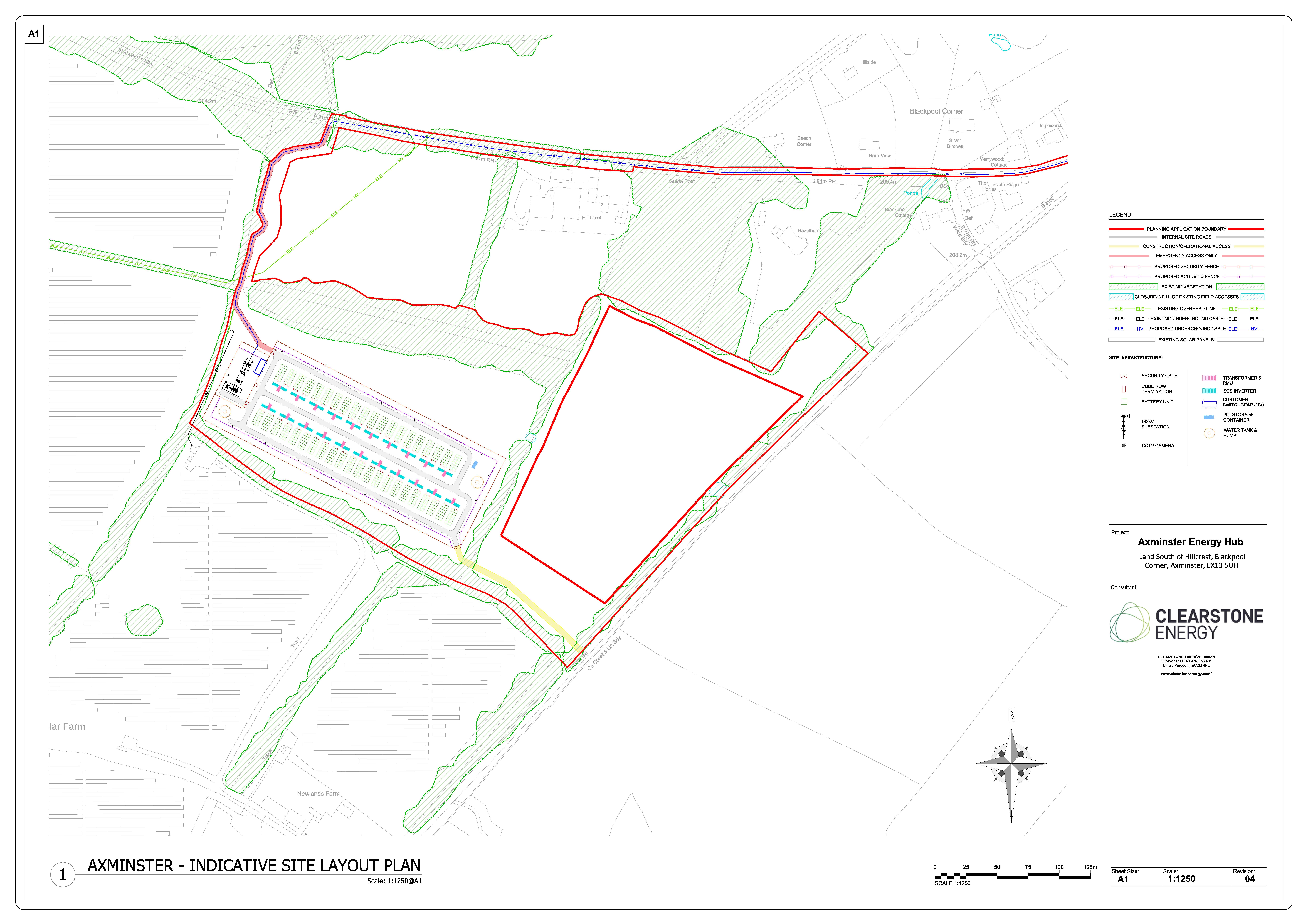
Frequently asked questions
A full noise assessment has been conducted for the site and the project design will include a 4 metre high acoustic fence, constructed from timber, between the equipment and existing treeline site boundaries as an extra layer of noise reduction.
All Clearstone projects must comply with the standards set out in our comprehensive Battery Safety Standards Plan. Our safety plan draws on best practice from UK’s National Fire Chiefs Council (NFCC) and the US’s National Fire Protection Agency (NFPA). These standards cover all aspects of the project – technology, site design, installation, operation and emergency response plan – to ensure that it meets the highest safety levels.
No, the project is temporary with batteries, other equipment and hard infrastructure removed at the end of the project and the land returned to agricultural use.
No. Most of the components are prefabricated offsite rather than assembled in situ. On site construction will be restricted to the laying of shallow concrete pads for battery containers to sit on and the craning of prefabricated units into position ready for cabling and connection works. As such, project construction would take 6-9 months.
The Lithium-Ion batteries that will be used in the project are not reliant
on scarce raw materials. There are established recycling processes for recovering the most common elements used in battery construction – iron, phosphate and lithium – for re-use.
Typically there would be three HGVs a day bringing prefabricated units to the site during construction. Construction vehicles will route to the site via the A35 and B3165, avoiding minor roads.
No, there will be no lighting on site.
Who we are
Clearstone Energy is a leading independent developer of renewable energy and energy storage projects that increase the availability of clean energy and improve the resilience of the electricity grid.
We are working with National Grid to develop a portfolio of strategically located solar generation and battery storage projects that will help build a UK energy system based on clean, low cost and renewable energy.
Our experienced team has a track record of developing successful renewable energy projects that are providing clean and reliable energy to communities across the UK.
Since founding in 2016, Clearstone Energy has developed nine energy projects in the UK. Two are operational and seven are in construction.
Talk to us.
As project neighbours your views are really important to us. Tom Bevan is the Development Manager for the Axminster Energy Hub project.
Whether its comments, feedback of questions we’d love to hear from you.

Following the public consultation
Once the public consultation closes on Friday 3rd November, we will integrate your feedback into a final project plan and submit a formal planning application for the project to East Devon District Council. As local residents you will be asked for your comments, support or objections to the project as part of the planning application review process. Those living closest to the site will typically be contacted by letter by the Council when the planning application has been received.
We also send details of the planning application by email to those residents that we have email addresses for. If you would like us to do that for you please submit your email address here.
SEND ME PLANNING APPLICATION DETAILS
